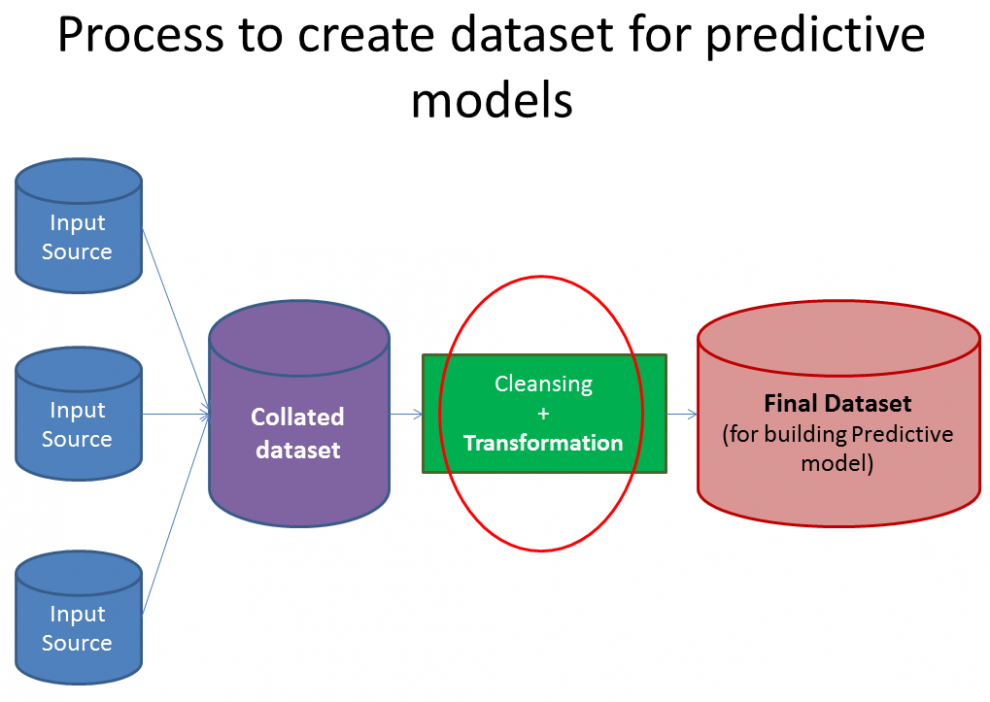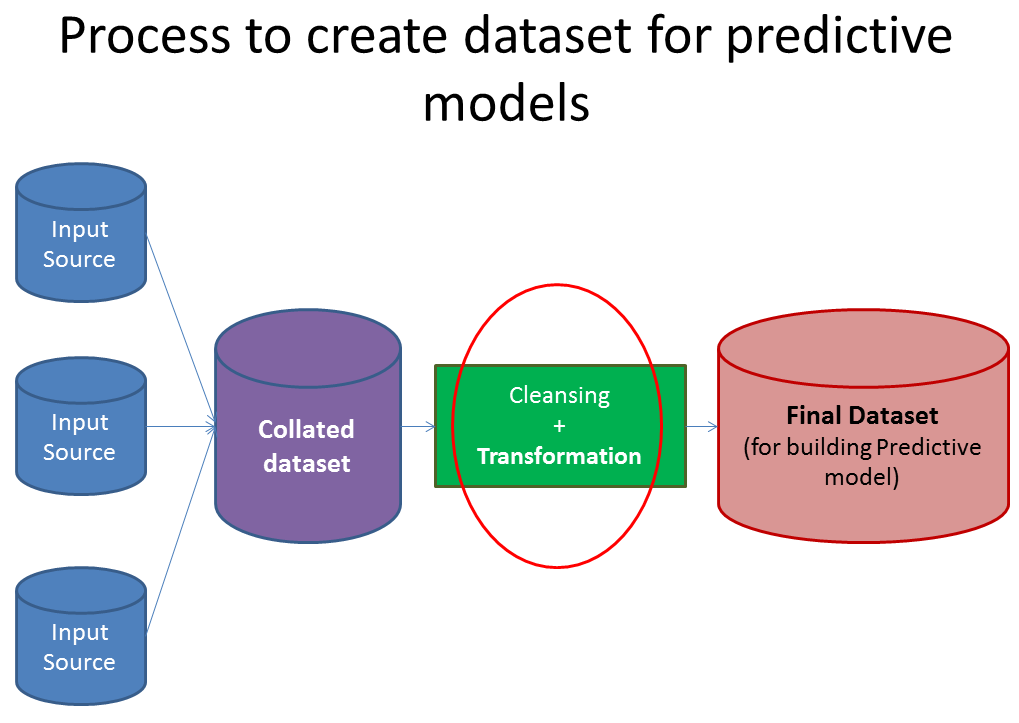Engineering teams generate vast amounts of data during product development. Properly managing and utilizing this data can maximize its value across organizations and over product lifecycles. Strategic data management and analytics help companies accelerate innovation, improve quality, and operate more efficiently.
Centralizing Design Data
Engineers create data in diverse systems as they model, analyze, simulate, layout, test, and document designs. Manually gathering data for reporting and reuse is time-consuming and error-prone.
Central data platforms consolidate information enterprise-wide. Design, BOM, requirements, and test data integrate seamlessly. Teams query data quickly without needing original tools. And automation delivers data consistently into other business systems.
As Sanjay Srivastava, CDO at Genpact, commented: “Unified product data platforms break down silos to provide a ‘single source of truth’. This drives faster and smarter decision making across the product lifecycle.”
Enabling Real-Time Analytics
Consolidated design data enables powerful analytics from early prototyping through manufacturing. Dashboards present key performance metrics in real time. Analytics highlight issues needing attention like unreliable components or thermal hotspots.
Interactive data visualization helps engineers quickly parse complex relationships. Automated reporting eliminates manual report generation. And seamlessly sharing insights from analytics tools keeps teams aligned.
According to Sheila Jordan, CIO at Honeywell: “Our real-time analytics give cross-functional teams meaningful perspectives into product performance. This drives continuous improvement throughout development programs.”
Accelerating Knowledge Reuse
Product data contains hard-won knowledge that holds immense value if reused. Centralized repositories allow teams to systematically search past designs, requirements, and test cases to reuse knowledge.
Reusing verified engineering building blocks – from circuits to software modules – skips reinventing the wheel. References to past designs guide new development. And reapplying historic test procedures saves validation time.
As Dominic Pangborn, CTO at an electronics firm, explained: “Leveraging all our product knowledge effectively has easily accelerated our development cycles by 30%. The key is having all data accessible.”
Optimizing Processes Enterprise-Wide
Analyzing aggregated design data reveals opportunities to improve engineering and manufacturing processes. Data illuminates resource bottlenecks. Process modeling tools visualize workflows. And insights benchmark performance against goals.
This enterprise-wide perspective guides investments where they can improve velocity and quality most. Shared data Even helps connect engineering with business systems for fuller product lifecycle management.
“Our data platforms have allowed us to digitally transform manufacturing operations,” commented Brenda Discher, SVP of Strategy at a high-tech manufacturer. “We now have the product data to truly optimize our end-to-end processes.”
Meeting Compliance Requirements
Regulated industries have strict compliance rules around product data retention and security. Centralized data platforms allow configurable user access and retention policies while providing audit trails.
Compliance dashboards track progress continuously. Automated validations prevent improper data changes. And data exports generate documentation needed for submissions and agency audits.
As Gary Dickerson, CEO at Applied Materials, described: “Our unified data environment not only accelerates development but also meets expanding compliance requirements as our products advance across industries.”
Enhancing Customer Engagements
Product data platforms also connect engineering with customer-facing systems to deliver better sales experiences and post-sales support. Technical specs, documentation, and design collateral integrate seamlessly with CRM and ERP systems.
Sales teams access product details on demand to drive smarter customer conversations. Support can immediately pull up as-built product data. And customers receive self-service access to personalized data packages.
Jesper Ovesen, CTO at Grundfos, remarked: “Sharing tailored product data with our customers improves transparency and strengthens partnerships. This drives joint innovation.”
Maintaining Security and Access
While central data platforms provide wide access, securing sensitive intellectual property is crucial. Strict user access controls grant data access on a need-to-know basis. Authentication verifies users. And encrypted storage protects data integrity.
Usage policies balance openness and security. Data is partitioned by protection levels, with controlled access across groups. Detailed activity logging deters improper use. And compartmentalization secures highly sensitive data.
According to segurança Smith, CISO at a high-tech firm: “Enforcing robust data security policies ensures our IP is protected even as we enable broader data access to drive speed and collaboration.”
In summary, maximizing the use of engineering data through consolidation, analytics, and reuse accelerates innovation and efficiency across the product lifecycle. Connecting product data with customers and partners also provides competitive advantage. With thoughtful architecture and governance, companies can harness the full value of their design data.

















